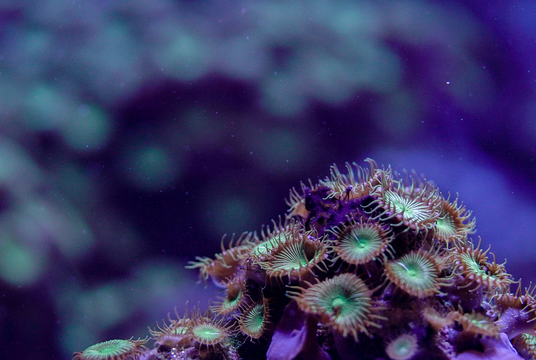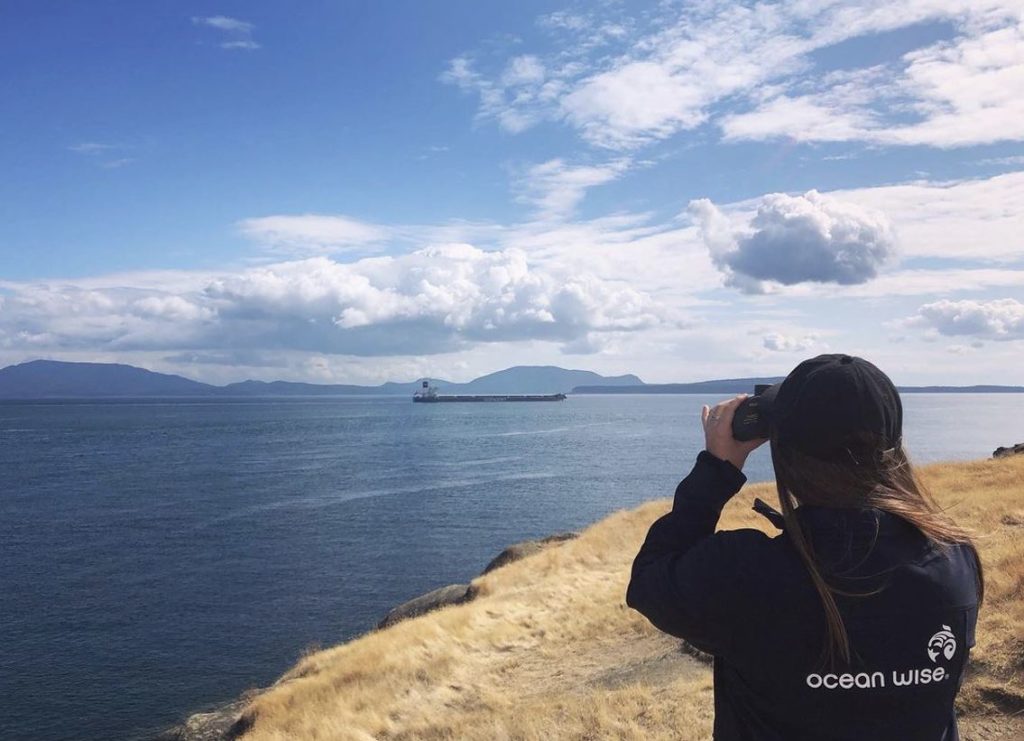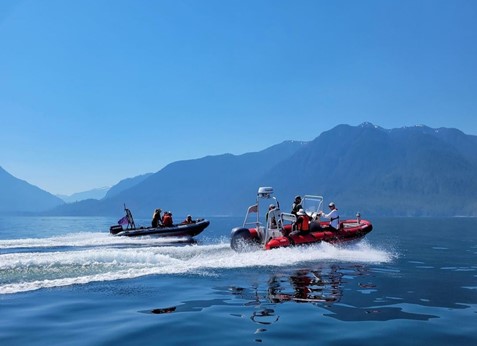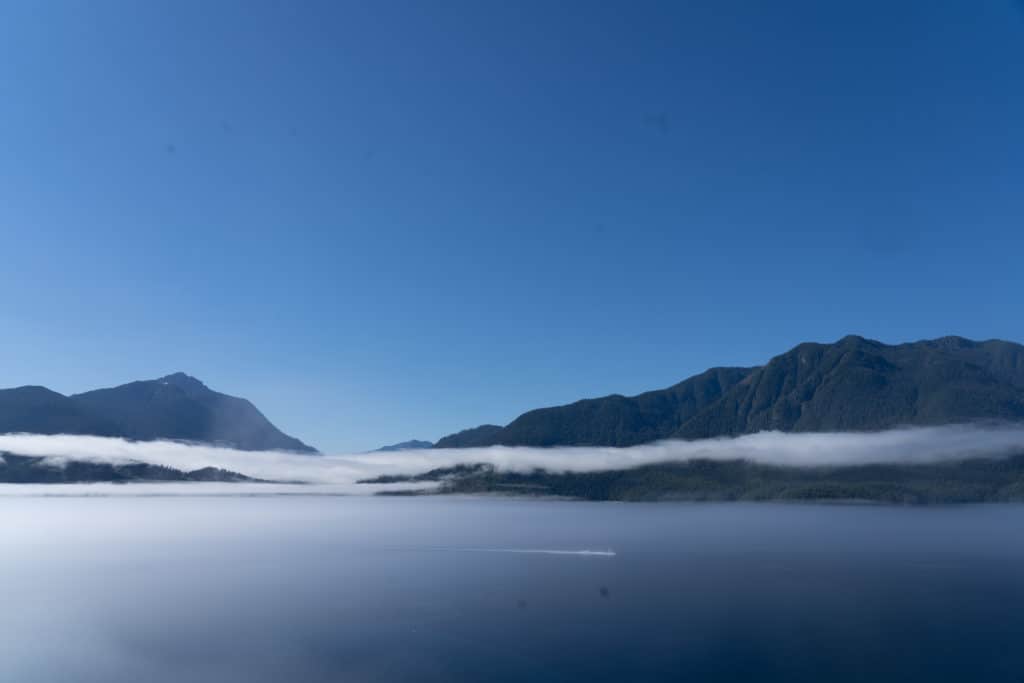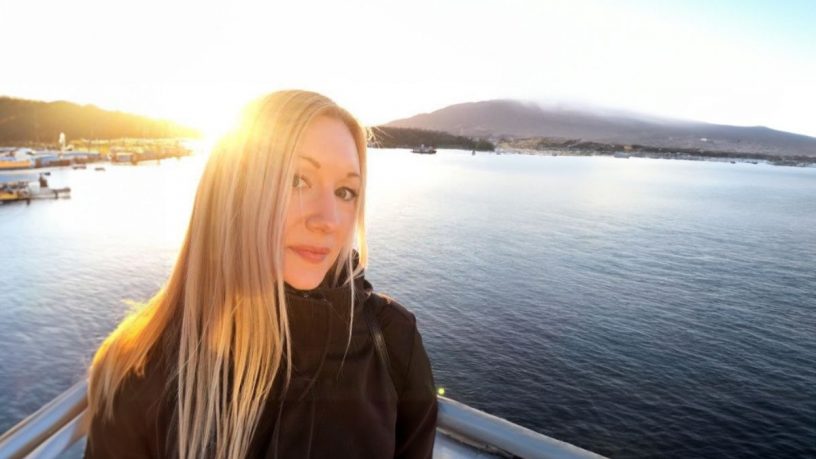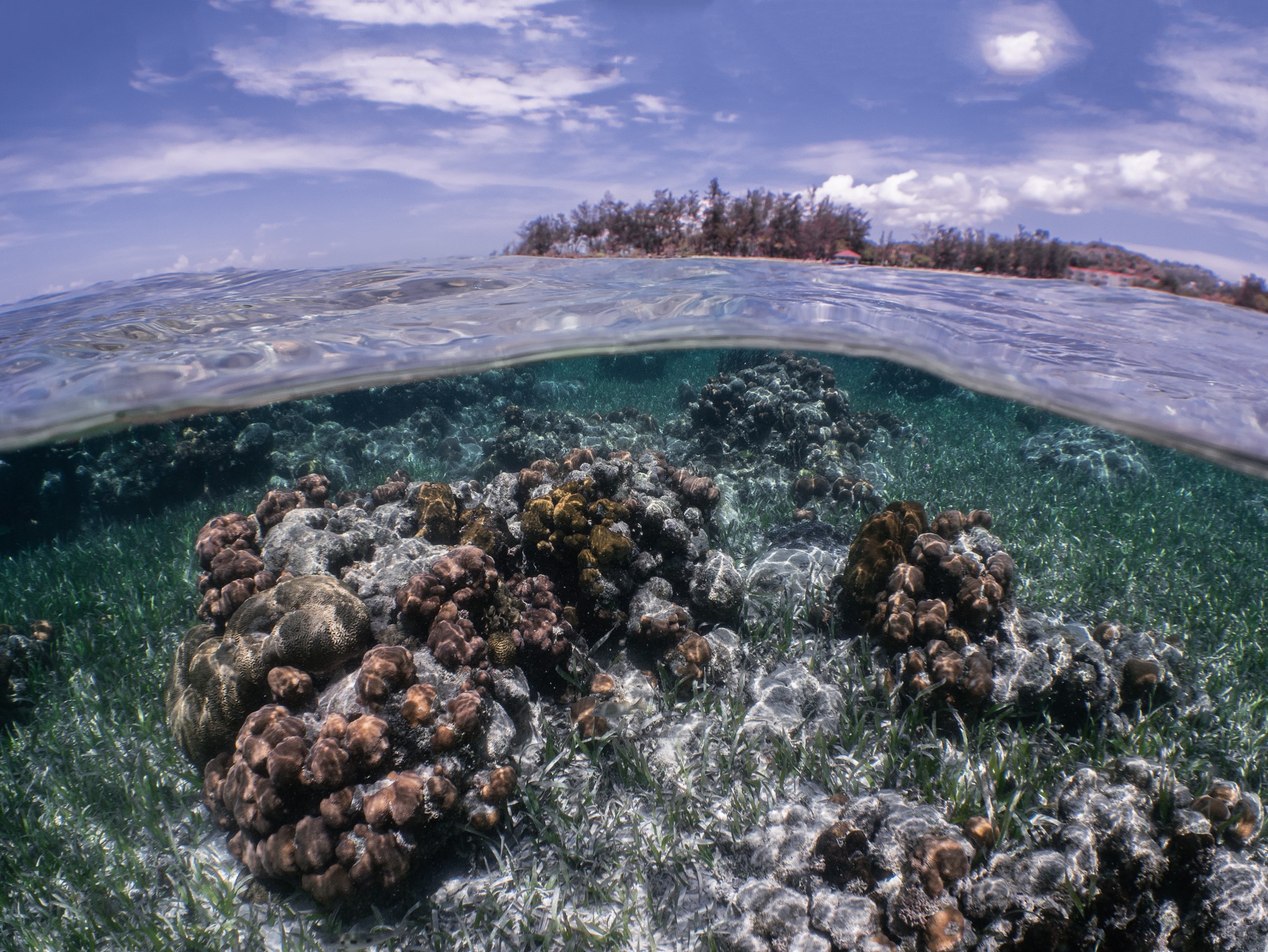
Weekly Ocean News
Ecosystems and Biodiversity
Fish ear bones are being used as a forensic tool to reveal where illegally introduced fish originated from. State biologists in Montana found two illegally introduced walleyes in Swan Lake, an area that is not native to these carnivorous fish. Lab analysis using the ear bones (otoliths) determined that the fish likely came from Lake Helena, about 192 miles south of Swan Lake. Ear bones in fish carry a distinct chemical marker from water that gets absorbed into them allowing scientists to discover where the fish has spent time. Finding the source of introduced fish is one step forward into the investigations of illegal fish introductions and may help to identify the criminals associated with these illegal activities. Via National Geographic
Demosponges on ocean floors are likely the oldest sign of animal life, dating back to 100 million years before the Cambrian explosion. Researchers at the University of California have been using biomarkers to track molecular signs of early life and have since discovered a steroid compound in rocks and oils produced only sponges. This steroid biomarker gives evidence that demosponges lived on ancient sea floors about 635 MYA, making them possibly the oldest clue of life on earth. Via Science Daily
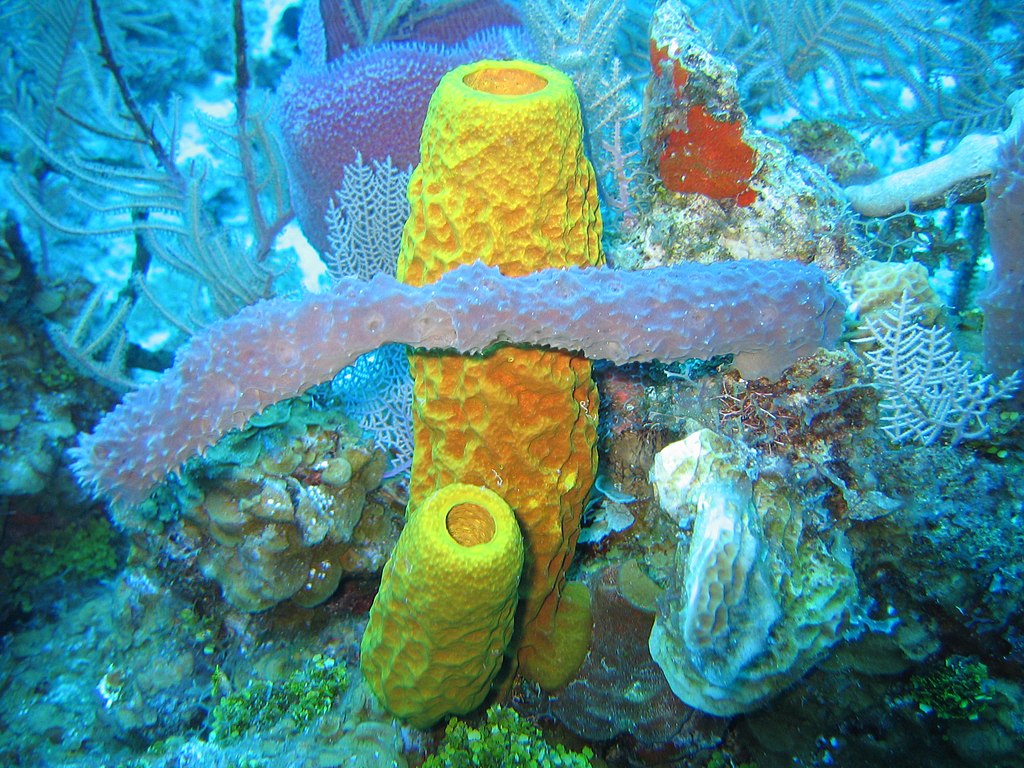
Researchers at the University of Bristol have found sponges in the mid-Atlantic that appear to produce potentially life-saving antibiotics. Five sponges were collected between Trinidad and the coast of West Africa, and seem to produce antibiotics that kill MRSA (Methicillin-resistant Staphylococcus aureus). MRSA infection can cause significant risks to humans and is difficult to treat with standard antibiotics, so this could be a significant factor in improving treatments. It may be years before the treatment is widespread, but the researchers are optimistic as pre-clinical trials begin. Via Daily Mail
Water Quality and Supply
Lunenburg, Nova Scotia, is a UNESCO World Heritage site, known for it’s unique architecture and as home port for the Bluenose II. A new story from CBC’s Waves of Change series puts a spotlight on one business that’s trying to make a name for itself in another way: a bakery that is almost completely single-use plastics free, and is encouraging other local businesses to join the movement to protect the ocean. Via CBC
Singapore’s Smart Water Assessment Network (SWAN) has developed autonomous water quality sampling devices, that are disguised as swans! Also know as “swanbots”, these robots reduce the manpower needed to otherwise monitor reservoir water quality, all while blending into the scenery. Via BBC
While it has often been assumed, researchers have now given evidence that non-profit watershed conservation groups in the United States do indeed increase water quality. By assessing dissolved oxygen content, this study showed that areas with water groups resulted in more swimmable and fishable water bodies than areas without this conservation action in place. Via Phys.org
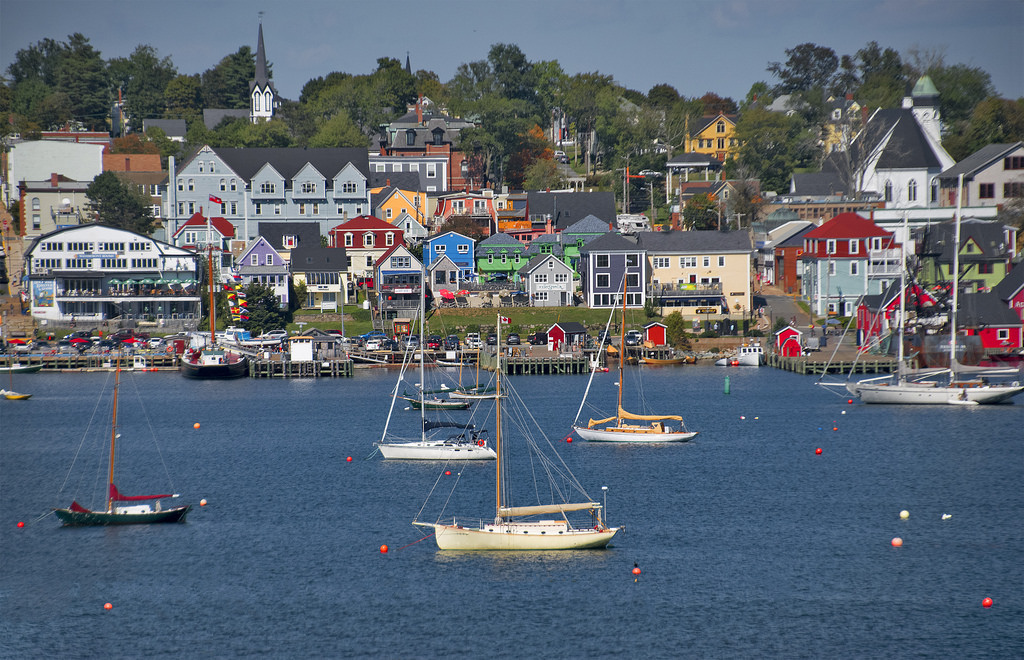
Government Initiatives
Will Brexit lead to weaker environmental laws in the UK? A study led by researchers at the University of Sheffield has concluded that a “no deal” Brexit will likely weaken environmental protections due to confusion over jurisdiction and the low priority being given to environmental concerns in the current Brexit proposals. In particular, limits to nitrate pollution and air quality standards would be at risk. Via EurekAlert!
There are 13 species of otter on the planet and they are facing challenges due to human behaviour. Hunting, oil spills, and habitat loss have brought some of those species close to extinction. From California to Cambodia, there are now many strategies in place to protect otters and in some cases, to increase their numbers. Otters play a critical role in aquatic ecosystems, so tracking otter populations and gaining government support are vital in conserving these animals. Via BBC
Energy and Power
In South Korea, researchers have discovered a new technology to create hydrophobic materials better equipped to avoid water droplets from freezing on surfaces like power lines, and windmills. This technology uses tiny hairs and magnets to pull the water off before freezing and could potentially be applied to road surfaces and other critical surfaces. Via Chemistry World
Lucid Energy, a Portland-based micro-hydro company, is installing in-pipe turbine systems to source power across the United States. By installing these turbines, called LucidPipes, in the current drinking water and sewage pipe infrastructures, the pressure of these gravity-fed water networks can convert the energy into carbon-neutral power. Via Power Technology
Posted October 19, 2018 by Ocean Wise
